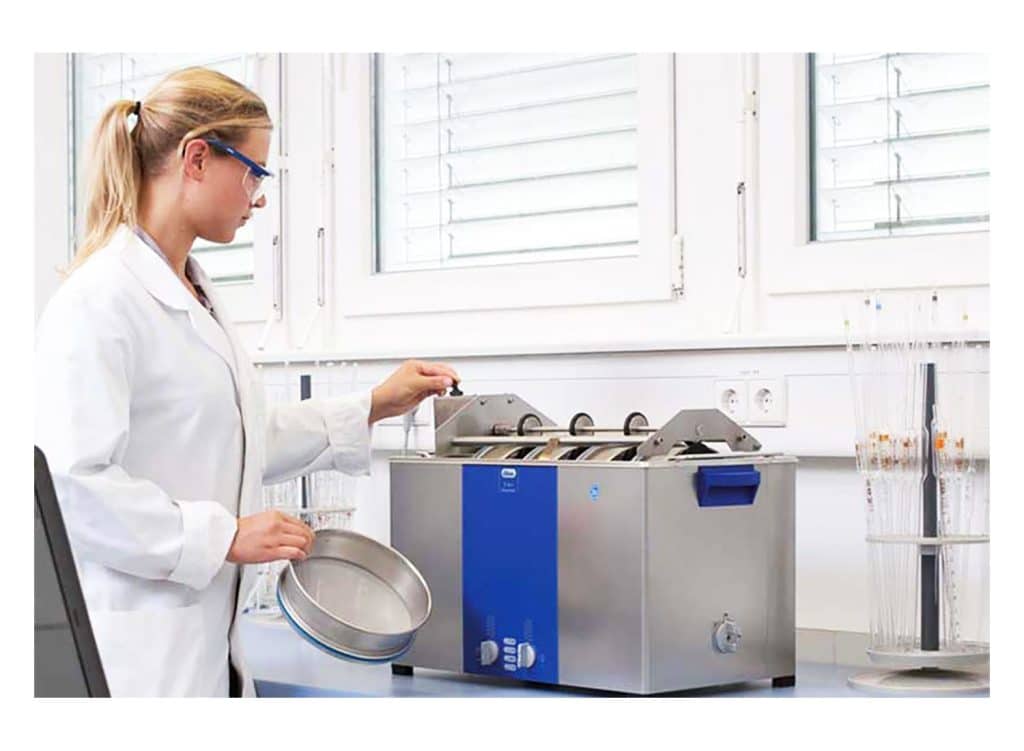Introduction
Ultrasonic cleaning is a highly effective method that uses high-frequency sound waves to remove contaminants from items. It’s widely used in industries such as electronics, medical, automotive, and jewelry due to its ability to clean delicate and complex parts without damage. This guide explores how ultrasonic cleaning works, its advantages, common applications, and best practices.
How Ultrasonic Cleaning Works
Ultrasonic cleaning relies on sound waves of ultrasonic cleaners, usually between 20-400 kHz, that create microscopic bubbles in a cleaning solution. These bubbles form through a process called cavitation, where sound waves rapidly compress and decompress the liquid. The bubbles implode upon contact with surfaces, generating tiny shock waves that loosen dirt, grease, and other contaminants.
The effectiveness of this process is influenced by several factors, such as:
- Ultrasonic frequency: Higher frequencies result in more bubbles but smaller size, ideal for delicate items. Lower frequencies are better for more stubborn contaminants.
- Temperature: Heating the cleaning solution helps dissolve and loosen contaminants faster.
- Time: The cleaning time can vary based on the material being cleaned and the degree of contamination.
Key Components of Ultrasonic Cleaning Systems
An ultrasonic cleaning system consists of three primary components:
- Generator: Converts electrical energy into high-frequency ultrasonic signals.
- Tank: Holds the cleaning solution and the parts to be cleaned.
- Transducer: Converts ultrasonic signals into sound waves that travel through the cleaning solution.
Additionally, the choice of cleaning solution is crucial. Solutions can be water-based or solvent-based, and their selection depends on the type of contaminants and materials being cleaned.
Advantages of Ultrasonic Cleaning
Ultrasonic cleaning offers several benefits:
- Thorough cleaning: It reaches into cracks and crevices that are difficult to access with traditional methods.
- Safe for delicate parts: Items like circuit boards or medical instruments can be cleaned without risk of damage.
- Environmentally friendly: This method reduces the need for harsh chemicals, relying more on the mechanical action of cavitation.
Common Applications
Ultrasonic cleaning is used across multiple industries:
- Electronics: Cleaning circuit boards and delicate components.
- Medical: Sterilizing surgical instruments and dental tools, like the ultrasonic retainer cleaner.
- Automotive: Cleaning fuel injectors, carburetors, and engine parts.
- Jewelry: Restoring shine to intricate jewelry pieces by removing dirt and grime from small crevices.
- Aerospace: Cleaning components that require precision and contamination control.
Challenges and Limitations
Despite its advantages, ultrasonic cleaning can have some challenges:
- Risk of damage: Some materials, such as softer metals, may be susceptible to damage if exposed for too long or at high frequencies.
- Specific contaminants: Heavy grease or thick contamination may not be fully removed without the right combination of solvent and temperature.
- Cross-contamination: If the cleaning solution is not properly maintained, contaminants can transfer between parts.
Best Practices for Effective Ultrasonic Cleaning
To maximize the effectiveness of ultrasonic cleaning:
- Use the right cleaning solution: Tailor the solution to the specific contaminants and materials.
- Monitor frequency, time, and temperature: Ensure the settings are appropriate for the parts being cleaned.
- Regular maintenance: Clean and change the solution frequently to avoid cross-contamination and maintain optimal performance.
- Proper loading of parts: Items should not touch each other in the tank to allow sound waves to reach all surfaces evenly.
Conclusion
Ultrasonic cleaning is a versatile and effective method that enhances cleaning efficiency while minimizing environmental impact. To achieve the best results, using reliable equipment is crucial. Creworks ultrasonic cleaners offer durable and efficient options for various industrial needs, while Coz ultrasonic cleaners provide powerful cleaning performance with easy-to-use features. Both brands ensure optimal cleaning for delicate and complex parts, making them excellent choices for a wide range of applications.
